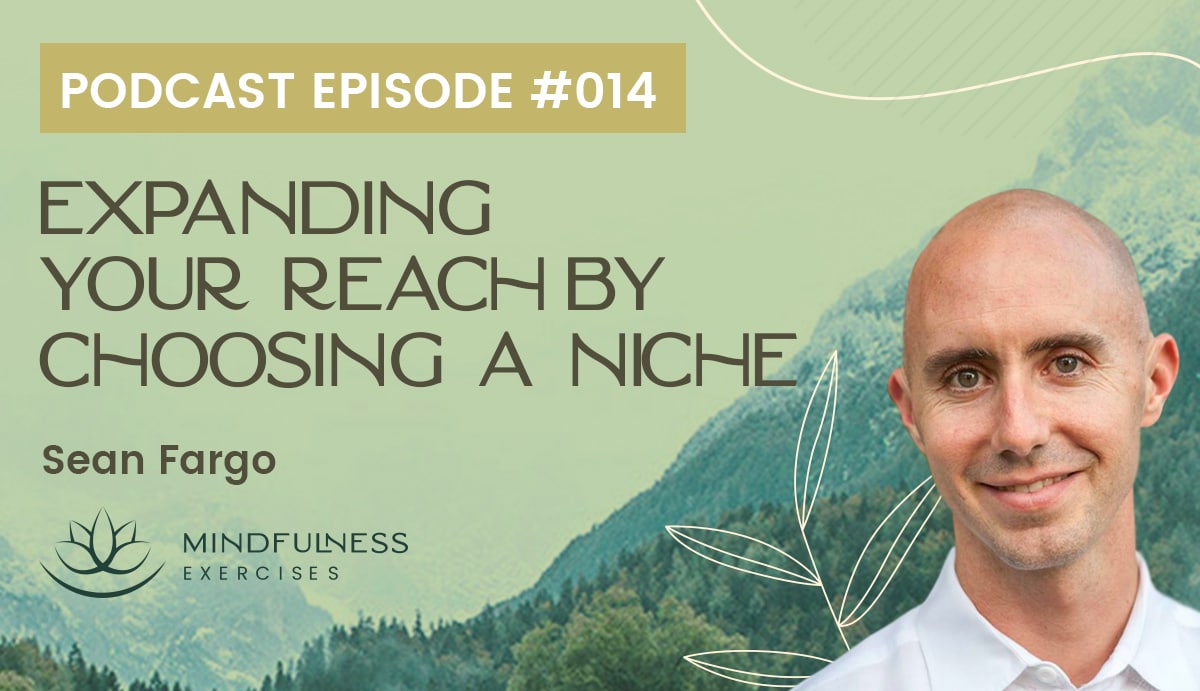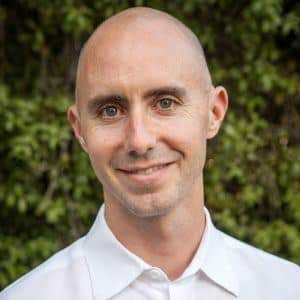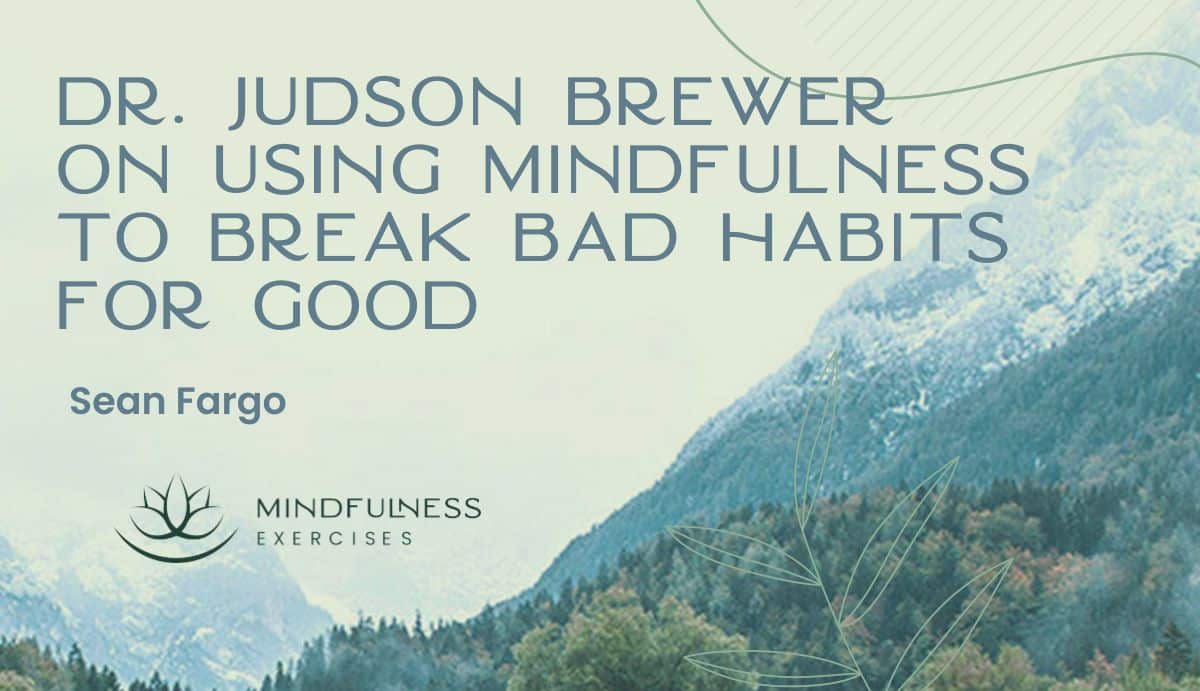Listen now

As you begin your mindfulness teaching journey, you may be asking, “Who am I most called to teach? What do I uniquely have to offer, and to whom?” You may also be wondering if choosing a niche will limit your audience and potential impact.
Contrary to what some might think, choosing a niche won’t necessarily limit your opportunities to share mindfulness with others. In fact, it can make it easier for others to integrate your message, allowing you to help more people, in a more significant way.
In this episode, Sean Fargo, the founder of Mindfulness Exercises, shares his advice on why we might want to narrow our focus as mindfulness teachers, and how we can go about doing that. Choosing a niche is more than a smart business practice; it also allows us to address tangible, relevant and specific challenges in a deeper and potentially more transformative manner.
This episode is brought to you by the Mindfulness Meditation Teacher Training Program. Learn more about this unique, online, self-paced certification program at teach.mindfulnessexercises.com
Show Notes:
How to select an audience and need to address
When broaching the topic of choosing a niche, it’s not always easy to know where to begin. How do we begin to choose which audience we want to serve, and which specific challenges and problems to help others with? For Sean, the answer lies within the heart, but it doesn’t end there. Our past history, how others perceive us, and the questions we hear most often are all potential sources of inspiration.
“I get that we probably feel compassion for all sorts of people for all sorts of reasons, but is there a personal connection with this?”
How mindfulness of death helps us discern what’s most important
Our own mindfulness and meditation practice is a very good source of clarity, especially practices that connect us to the wisdom of impermanence. What changes when you embody the truth that this very inhale could be your last, and then ask yourself, “How do I want to spend my time?”
“Mindfulness of death can help to clarify this question. When we really consider our mortality, priorities tend to clarify.”
Why a narrow scope speaks more directly to people
Through the mindful process of getting to know ourselves and others much better, our focus narrows as we decide who we want to help, and with what. The more clarity and detail we create around our offerings, the easier we make it for others to see themselves in our teachings, programs or services, and the more effective they become.
“Usually the more we drill down on a niche, the more people within that niche say, ‘Oh my goodness, this is perfect! I haven’t seen anything quite like this for me, she must know about me and my struggle and how I can move forward. This is tailored for someone like me.’”
How your own students can help you choose a niche
Listening to our clients, students or patients can help us uncover what pain points the specific communities we interact with are facing, and which solutions they most urgently need. Intake forms, polls and mindful listening offer us insights into people’s past experiences and current goals.
“I usually ask the question, ‘what would make this program successful for you, what outcome do you want?’ And, being in their shoes, you probably have a sense.”
How to teach what audiences most need to hear
For mindfulness teachers, planning ahead is ideal. But we don’t always know in advance who our audience will be. Even so, we can teach skillfully and directly to anyone, including those we’re just getting to know. One way to do this with rapport and compassion is to start by asking what’s going well, before asking what’s going wrong.
“And so now you have a little more insight as to how they’re feeling, and you can address some of your teachings to some of those challenges. And it also allows our hearts to respond with compassion, which is the root of all good mindfulness teachings and teachers, is this sense of compassion.”
“And so if we really open to their challenges, their stressors, their suffering - whatever you want to call it - their overwhelm, their anxiety, it allows our hearts to naturally wish them well. And that’s the space that I encourage you to revisit as often as you can as you share mindfulness.”
Also Listen: Death Awareness Meditation with Sean Fargo
Resources

About Sean Fargo
Sean Fargo is a former Buddhist monk and the founder of Mindfulness Exercises. The online platform, which has shared free and premium mindfulness resources with over 3 million people worldwide, has now certified over 500 Mindfulness Teachers.
Sean is the lead instructor for the teacher training program, a unique self-paced approach which invites world-renowned mindfulness teachers to share their insights and experiences. Sean has taught mindfulness and meditation for corporations including Facebook, Google and Tesla and for health and government organizations, prisons and hospitals around the world.






